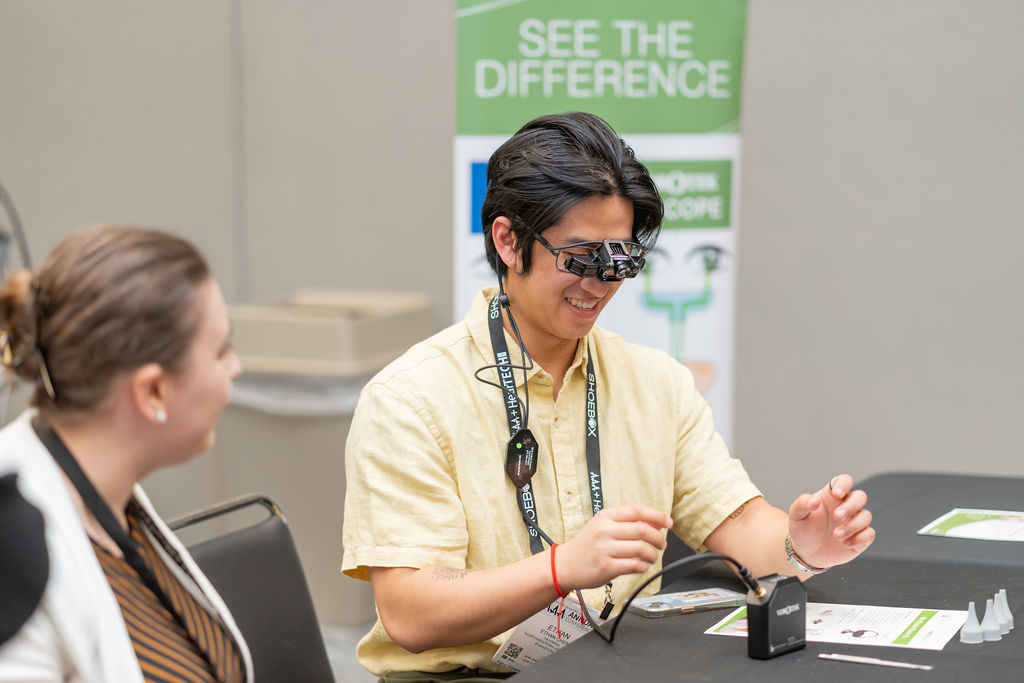By Amanda Demas, Alexis Leiderman, Sebastian Bravo
Now more than ever, infection control is one of the most widely discussed topics in any health-care environment. Infection control guidelines are changing rapidly, affecting the student clinician experience.
In accordance with the Centers for Disease Control and Infection (CDC) guidelines, perhaps the most influential way to slow the spread of COVID-19 is minimizing the number of people in a space at a given time. Many medical settings have reduced the quantity of individuals allowed in the facility at once which often means fewer, if any, students.
Student clinicians face restrictions because of the pandemic, resulting in decreased practicum hours and fewer opportunities for hands-on learning experiences. While remote learning resources and networking opportunities have evolved to fill in this gap, many clinicians and students in our profession continue to adapt to the impact that limited in-person exposure has presented.
Recent Posts
Turn Insight Into Action! Attend Learning Labs at AAA 2026
Ready to take your professional development to the next level? At AAA 2026, Learning Labs are your chance to go beyond lectures and dive into…
Your Support Makes the Difference—Let’s Finish the Year Strong
As we wrap up the year, I want to thank you for your generosity supporting the AAA Foundation’s work. The enclosed report highlights what you…
Audiology Faces New Challenges Under Draft Federal Loan Rule: What Comes Next
Member Action Needed Soon! The U.S. Department of Education’s Advisory Committee has reached consensus on proposed regulations implementing the higher education provisions of the One…


